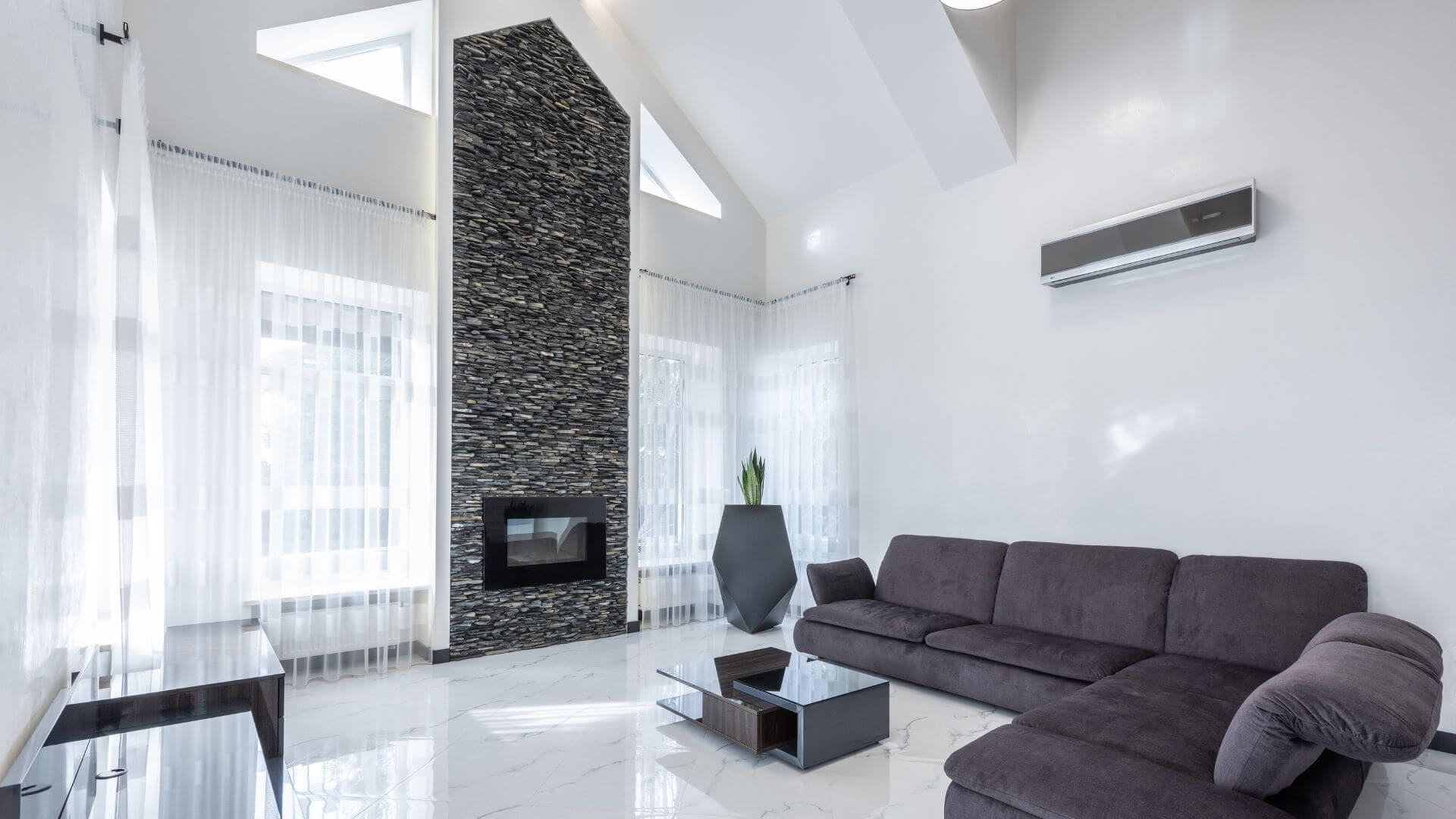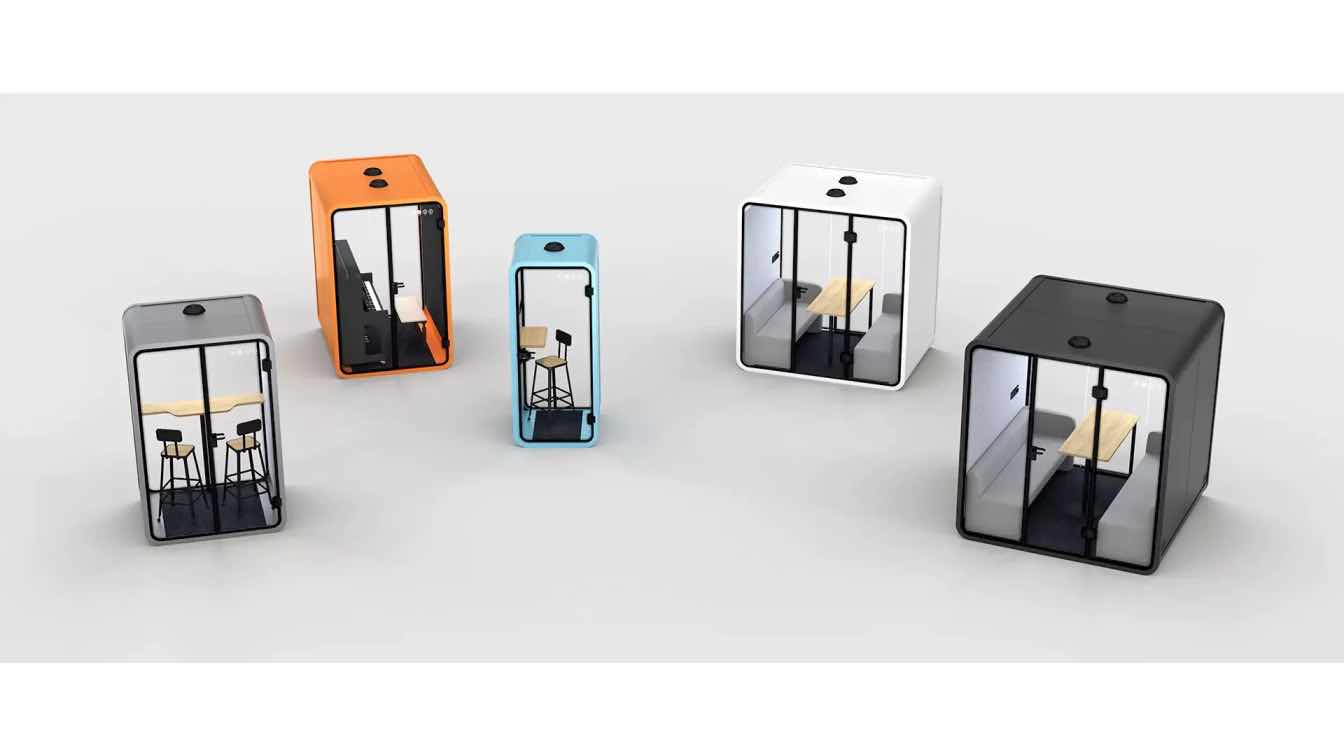Most individuals will typically only mention air conditioners and fans if you ask them to name as many different cooling systems as they can. While these two alternatives do encompass the majority of what is often offered, it is also important to consider the different types of air conditioning, automated controls, and less prevalent alternative systems, some of which are much more energy efficient. Likewise, it's important to comprehend the cooling capabilities that various technologies offer. You will still need to decide between evaporative and refrigerated technologies even if you have done your research and are set on an air conditioner, for instance. Where you live, humidity can have a huge effect. The cooling systems discussed here vary greatly in terms of their upfront prices, ongoing expenses, energy use, environmental impact, and, of course, how well they really cool the air inside your home.
Fan
It has a lower budget and is the one that is easiest to implement. Additionally, it is the answer that can be applied at the last minute. The fans come in a variety of styles, including free-standing, ceiling, built-in water atomizer, and without blades. They have the benefit of being useful and using little power. The issue is that they just produce a nice current that disappears when they are switched off; they do not actually chill the air.
Water Evaporation
Cooler air is forced downward when water evaporates after absorbing heat. This common occurrence prompted the creation of cooling systems, which employ water and natural airflow to lower indoor temperatures. Some techniques for evaporating water include wet pads, sprayers, or materials like ceramic evaporators loaded with water. Any structure that creates a route where hot air and water vapor can rise while cool air sinks can be used to evaporate water, including towers, wind catchers, and double-skinned walls. However, this one, like any other cooling system, must go through up to date refrigeration maintenance in order to function properly. When the weather is sufficiently dry and the system is well controlled, such systems can be very successful; temperatures as low as 14 °C to 16 °C have been recorded in various buildings.
Smart Window Air Conditioner
What about a window air conditioner that turns on when it detects that you are getting close to your house? You won't have to return home to a hot house again thanks to smart window air conditioners that are equipped with GPS trackers, which may surprise you. On the basis of the weather and your spending power, they can even suggest heating or cooling settings.
Portable Air Conditioners
Portable air conditioners are the "simplest" real means of cooling. They are reasonably priced, easy to install without requiring a lot of labor, and the less bulky types are portable from one area to another. The best models allow you to select the desired temperature and only turn it on and off as necessary, unlike the fan and evaporator. However, they are noisier and larger than fixed air conditioners. Additionally, the flexible tube through which the hot air is evacuated demands keeping the window half open, which results in a significant heat loss (unless you want to drill the necessary hole in the glass).
Ice-Powered Air Condition
A brand-new company appears to have created a method for turning water into ice, which is then used to power an air conditioner. Homes and buildings crank up the air conditioning on hot days, which consumes a lot of power. By creating ice at night and using it to cool the refrigerant in the building's current air conditioning units during the day, ice-powered air conditioners reduce the amount of electricity a structure consumes. This is how it goes—during the night, the device uses a series of copper coils to circulate refrigerant and freeze 450 gallons of water. The ice that forms from the water that wraps the coils is then kept in storage. The following day, when temperatures increase, the existing AC system is turned off. As a result, the hot refrigerant is cooled by the ice rather than by the compressor, maintaining a comfortable inside temperature while reducing overall energy use by roughly 30%.
Every summer, when the hot days come, we realize that we are actually not prepared for the summer, and always ask why we didn't think of this before. For this reason, we made sure you get a brief tutorial on some of the methods that can enable you to cool your home so that you can be prepared for the next summer.





